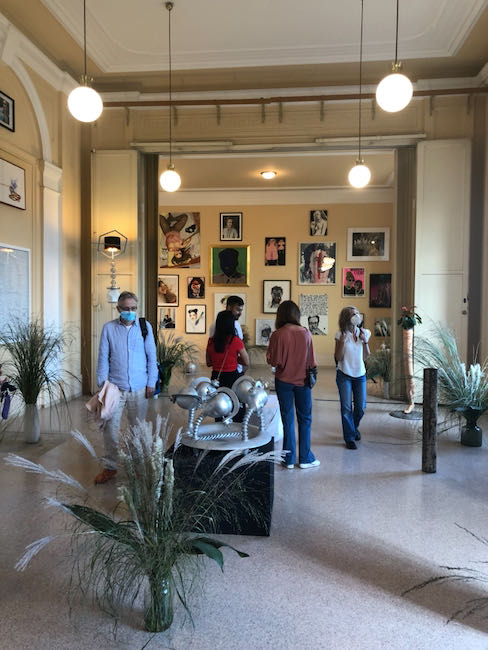
PARALLEL VIENNA 2021 with ArtWizard
ArtWizard 04.10.2021
The PARALLEL VIENNA 2021 chose a very notable location for its 2021 edition, taking place 7-12 September 2021. The historical building of the Ignaz Semmelweis women's Clinic in Gasthof, from which the Gersthofer Castle later developed and became the central place for maternity clinic and children’s home through the years that fosters the human knowledge and the touch of life for the first time. The story of Dr. Semmelweis was a story of abandonment, regression, and rapture, an epic of humanity and nature coming apart under the pressure of obscure forces and not-so-distant pandemic disasters. It shows the astonishing fact that the very beginning of life – the mothers’ giving birth has been rejected by the mockery of ignorance that has beaten the science and the unique knowledge how to save lives has been buried, only to be reborn some years after and live until present days marked by the pandemic.
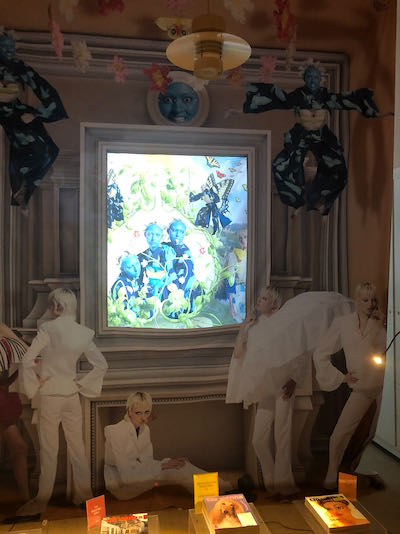

During these strange days, a lot has been said and written about the importance –even the necessity– of art amidst this sanitary, social, and economic crisis. A quick reading through newspapers and magazines, both national and international, leads to boastful, demanding, and glib phrases. “The artists are the only ones who cannot be silenced”, “art will save us”, or the headline “The art standing up to Coronavirus.”
In the same time, the Pandemic proved the central role of the sanitizing and cleaning hands as the only way to fight the disease. We see the World Health Organization flashing a worldwide campaign named “SAVE LIVES: Clean Your Hands” aimed to explain how and why all health-care workers should clean their hands at the right time and in the right way. “Clean Your Hands” annual initiative is part of a major global effort led by the World Health Organization (WHO) to support health-care workers to improve hand hygiene in health care and thus support the prevention of often life-threatening diseases. Hand Hygiene is one of the most effective actions to reduce the spread of pathogens and prevent infections, including the COVID-19 virus, as the WHO global hand hygiene campaign “SAVE LIVES: Clean Your Hands” in the context of other hand hygiene initiatives launched by WHO for COVID-19 provides rapid technical guidance as to hand hygiene.
The PARALLEL VIENNA art fair used the big old building of the Semmelweis Clinic in the 18th District of Vienna, to display one of the biggest to date exhibition of art and installations on more than six floors in multiple separate rooms of all sizes and shape. Some of the works and installations reflected the environment of the rooms, being medical cabinets, Xray rooms or even rooms for surgical operations >
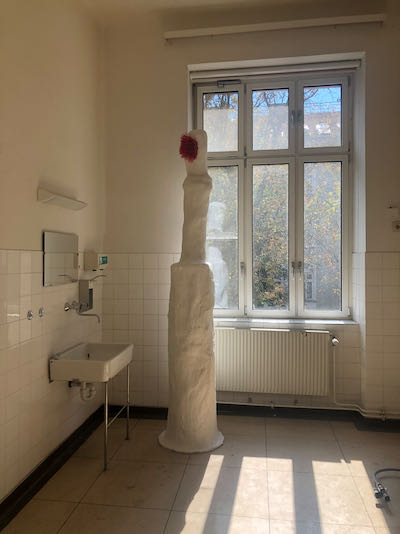
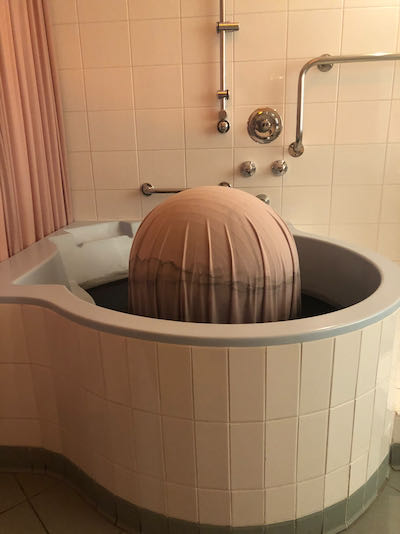
Among the installations reflecting the environment is the light installation in an Xray room >
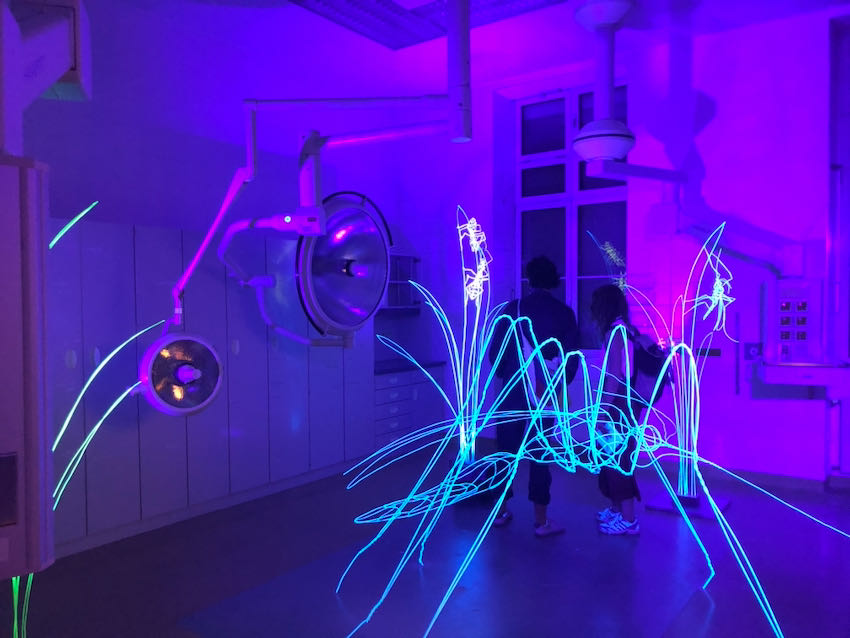
Another interesting idea pertained to a Gallery showing dreams installation by Russian artists in the so called “awakening rooms” - the place where women were waking up from the surgical anaesthesia >
A good selection of Viennese and Austrian galleries was presented, as for example the Gallerie Hilger Next (below), as well as a serious number of independent artistic projects and solo artists, thus making the PARALLEL VIENNA one of the remarkable events in the cultural life of Vienna >
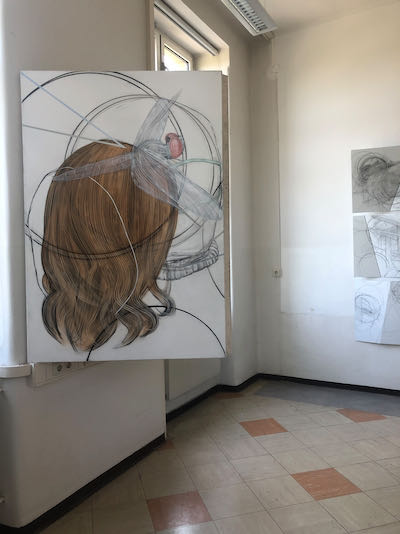
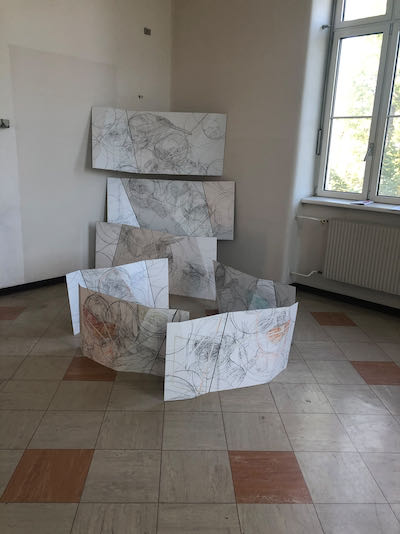
The concept of the fair served, as in previous years, for art collectors to rather observe experimental art, get acquainted to new artists, promote young and emerging artists, than purchase artworks and in this sense, one could argue that PARALLEL VIENNA is designed to support experimental art and artists and not so much for trading art, most of the installations being tailor-made for the specific exhibition rooms as a way of artistic expression. Diversity in terms of international presence was not in place this year, still however celebrating the opportunity to return to physical display and exhibitions of art after a long break, due to the pandemic.
